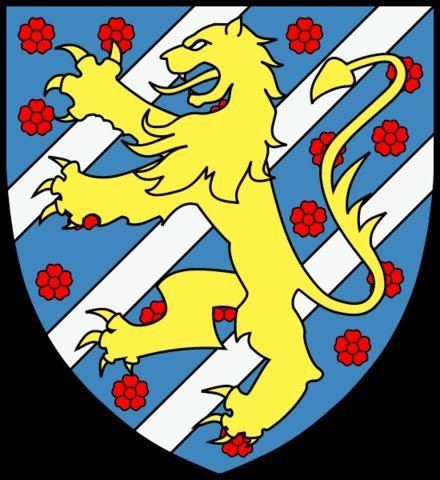Tenure 1251–1257 Name Rikissa Birgersdotter | Died 1288 Children Rixa of Werle | |
 | ||
Issue Sverre of NorwayHenry II of WerleNicholas of Werle-GustrowRixa, Duchess of Brunswick-Gottingen House House of Bjelbo (by birth)House of Sverre (Fairhair dynasty)(by marriage)House of Mecklenburg (by marriage) Father Birger Magnusson of Bjelbo Parents Birger Jarl, Ingeborg Eriksdotter of Sweden Grandchildren Magnus I, Duke of Brunswick-Luneburg Similar People Birger Jarl, Margrete Skulesdatter, Magnus III of Sweden | ||
Rikissa Birgersdotter of Sweden, also known as Rixa, Richeza, Richilda and Regitze, (b. c. 1237 – d. after 1288), was a Queen of Norway, wife of the co-king Haakon Haakonson, and then Princess of Werle, as wife of Henry of Mecklenburg, Prince of Werle.
Contents

Biography
Rikissa Birgersdotter was born as one of the eldest children in the marriage of lord Birger Magnusson of Bjelbo, later riksjarl and regent of Sweden, and Princess Ingeborg Eriksdotter of Sweden, eldest sibling of king Eric XI of Sweden.
Rikissa's parentage is historically well attested, contrary to that of her supposed younger sisters. Rikissa received her name in honor of her maternal grandmother, the late Rikissa of Denmark, queen of Sweden – the Scandinavian custom was to give names of deceased grandmothers to daughters of a family, and a first-born daughter was usually christened as namesake of maternal grandmother, if she was no longer alive.
In 1250, her uncle, king Eric, died without heirs and her brother, the underaged Valdemar of Sweden became king through his mother, and her father jarl Birger became regent of Sweden. Jarl Birger's policy included efforts to keep the peace between Scandinavia's three kingdoms and to strengthen his own already powerful family's in fluence. Thus his legitimate children were all considered de facto (practically) Swedish princes and princesses through their mother and through Birger's own royal ancestry.
In 1251, Rikissa was married to the heir of Norway, Haakon Haakonson (1232–1257), titular king of Norway and co-ruler along his father king Haakon IV of Norway. Haakon and Rikissa had one son, Sverre, who died young (1252–1261). King Haakon died within half a decade before his father, leaving his younger brother, the future Magnus VI of Norway as Norway's heir.
In 1262, the Dowager Queen of Norway was married to Henry of Mecklenburg, Prince of Werle, (d. 1291). She had several children in her second marriage:
Speculations
Chronica principum Saxonie mentions Rikissa as Daughter of King of Sweden (filia regis Suecie), which title has caused consternation among later researchers. This has been explained by suggesting that:
